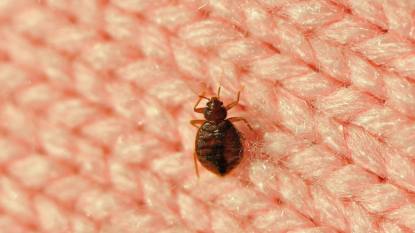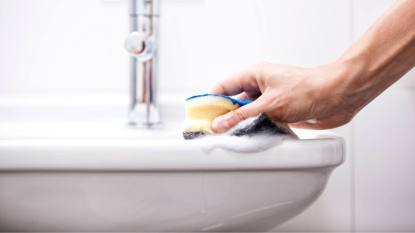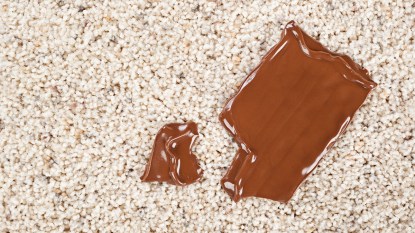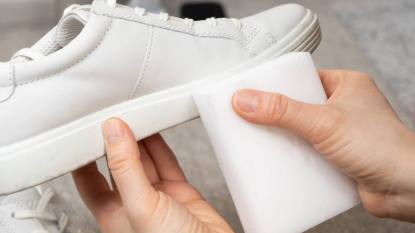The Genius Pillow Case Hack That Makes Cleaning a Ceiling Fan a Cinch
Regular cleaning of a ceiling fan extends its life and keeps you healthy — here, the best ways to do it
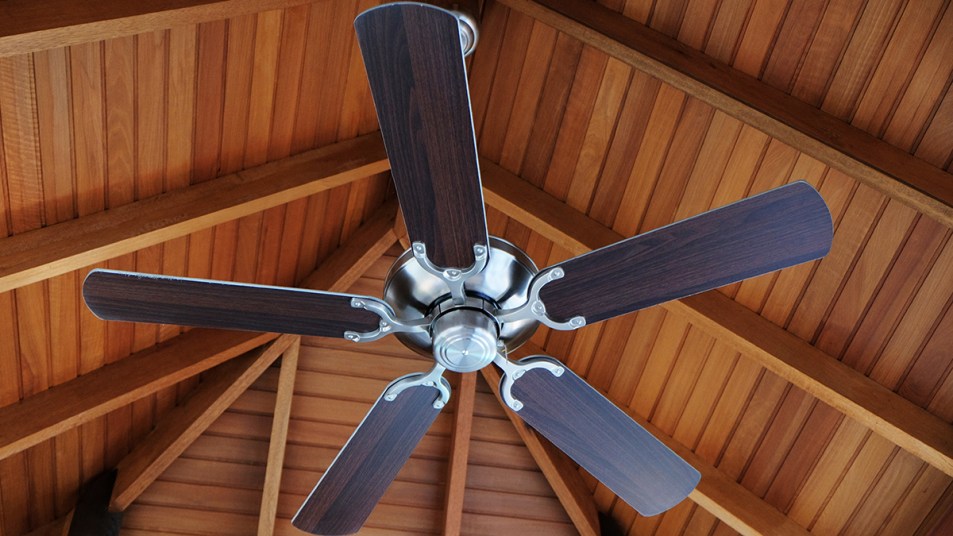
Whether you’re dealing with hot flashes, a stuffy room or simply love the feel of the ongoing breeze without running up your electric bill on the air conditioner, a ceiling fan is a great addition to any room. Until of course, you notice how dusty it is and wonder how you’re going to get up there and clean it. Indeed, cleaning a ceiling fan is not the most glamorous household cleaning task to cross off your list. That’s why we tapped cleaning experts for the most efficient ways to clean a ceiling fan — no matter how high up it is.
The best way to clean a ceiling fan
The hack that works like a charm: Go to your linen closet and grab an old pillowcase. The pillowcase should be large enough to cover the entire fan blade — we found king-size pillowcases work best for long fan blades (Don’t have a pillowcase? Grab an old t-shirt.) Then, follow these steps from Karina Toner, Operations Manager at Spekless Cleaning in Washington, D.C.:
- Turn the fan off. Make sure it is completely still before you make contact with the blades.
- Protect the floor. To further minimize the spread of dust and ensure an easy cleanup afterward, place a drop cloth or newspapers beneath the fan to catch any falling dust.
- Set up a ladder or step stool. Depending on your height and the height of the ceiling fan, you’ll probably need a little extra height to safely clean the ceiling fan.
- Ready the pillow case. Spritz the inside of the pillowcase with a fifty-fifty solution of distilled white vinegar and water. Then, standing on the sturdy stepladder, just slide the pillowcase over each blade, slowly pulling it off. The brilliant thing about this technique is you’ll catch most of the dust inside the case.
- Repeat process on all fan blades. Most ceiling fans have 4-6 fan blades. You’ll want to keep cleaning each individual blade carefully. Depending on the amount of residue you’re cleaning up, you may need to shake out the pillow case outside after each blade is cleaned.
No pillow case on hand? Enlist dryer sheets
If you have easy reach and don’t have a pillow case on hand, dryer sheets are your next best option. The properties in the sheets that soften fabric also tend to repel dust so they can swipe it off with ease. (Click through for how to use them to clean baseboards as well.)
Have a high fan that’s hard to clean by hand?
In this case, an extra-long ceiling fan cleaner brush is probably worth the investment. And Toner says using one like the Microfiber Duster with Extension Pole (Buy from Amazon, $18.99), can be a pretty straightforward process. The specialized brush is designed to effectively remove dust and dirt from fan blades without dispersing it into the air. She also suggests selecting a ceiling fan cleaner brush with bristles that are soft enough to prevent scratching the fan blades but stiff enough to effectively remove dust.
“Cleaning a high ceiling fan requires caution and proper tools,” Toner cautions. “If you’re uncomfortable with heights or unsure about the safety of the process, consider enlisting the help of a professional cleaning service instead.” If you’re feeling confident, here are her safety tips:
- Before you begin, ensure the fan is turned off to prevent any accidental movement.
- Set up the ladder beneath the fan, ensuring that it’s positioned securely and at a comfortable distance from the fan.
- Carefully adjust the fan’s rotation settings to move the blades to a more accessible position for cleaning.
Many ceiling fan cleaner brushes come with extendable handles or poles that are ideal for cleaning without having to set up a ladder or step stool. Simply extend the brush to the desired length for reaching the blades. Gently position the bristles of the brush on top of the fan blade, close to the base. Slowly pull the brush along the length of the blade, moving from the base toward the tip. Apply slight pressure to ensure the bristles make contact with the surface of the blade.
As you brush, the bristles will trap and collect dust from the blade’s surface. Periodically tap the brush or gently shake it to release the collected dust into a trash bag or outdoors. After cleaning all the blades, Toner recommends cleaning the brush out prior to storing it.
This video shows a step-by-step guide on how to clean a ceiling fan:
5 important reasons to clean the fan
- A healthier you: Obviously, the more dust and allergens collecting on the ceiling fan, the more dust and allergens circulating around your room. Regular cleaning prevents these particles from circulating in the air, which can improve indoor air quality and reduce allergies.
- Lower energy costs: But, that’s not all, says Toner. Dust buildup on fan blades can make the fan work less efficiently. Clean blades move more air with less effort, leading to better cooling or air circulation in your space. And, an efficiently running ceiling fan can help you save on energy costs.
- Longer lifespan: “Dust and dirt accumulation can strain the motor and other components of the fan, potentially leading to premature wear and tear,” says Jeniffer Smith, cleaning specialist, organizer & appliance expert at Urban Home Corner. “Cleaning the fan regularly can extend its lifespan and delay the need for repairs or replacements.”
- Less noise: A clean ceiling fan tends to operate more quietly than one with dust-laden blades. This can create a more peaceful and comfortable environment.
- Safety first: Dust buildup on fan blades can cause imbalance, leading to wobbling or even falling blades. Regular cleaning reduces the risk of accidents or damage caused by an unbalanced fan.
How often should you clean your fan?
If dust bunnies tend to line the blades of your ceiling fan, it’s probably ideal to clean your blades as frequently as you’re cleaning each room. However, Toner says the frequency of cleaning a ceiling fan depends on factors such as the environment (such as if you live in the country where gravel and dust are more prevalent), frequency of use and personal preferences.
In general, it’s a good idea to clean your ceiling fan every three to six months, says Smith. However, if you use your fan frequently or if it is located in an area with a lot of dust or pet hair, you may need to clean it more often.
Smith also note that if you notice that the blades are visibly dirty or if you can see dust accumulating on them, it’s time to clean the fan.
For more dust-related cleaning tips and tricks, click through:
How to Wash Pillows So They Stay Dust-Free and Last Longer
Use Dryer Sheets to Keep Your Baseboards Tidy and Dust-Free
Chandelier Cleaning Can Be Easier Than You’d Think! — A Lighting Pro Reveals the Top Do’s and Don’ts

Rachel Weber is an award-winning journalist with a passion for all things lifestyle, home, and garden. She started with Better Homes & Gardens as an editorial apprentice in 2006 and has been writing and editing ever since. She teaches journalism classes at Iowa State University, works at a boutique public relations firm and loves to write about all the things she learned when she was homeschooled. She’s worked on brands like Allrecipes, Lowe’s Creative Ideas, Shape, and Better Homes & Gardens doing everything from recipe testing to designing kitchens.
Rachel holds a B.A. in journalism and psychology from Iowa State University and an M.A. in communication leadership from Drake University. She loves to crack a good dad joke and listen to Taylor Swift. She’s also pretty proud of her alphabetized spice rack and color-coded closet. A breast cancer survivor, Rachel is passionate about early detection and healthcare advocacy.
LinkedIn: www.linkedin.com/in/rachelmweber
Instagram: www.instagram.com/rachel.m.weber


